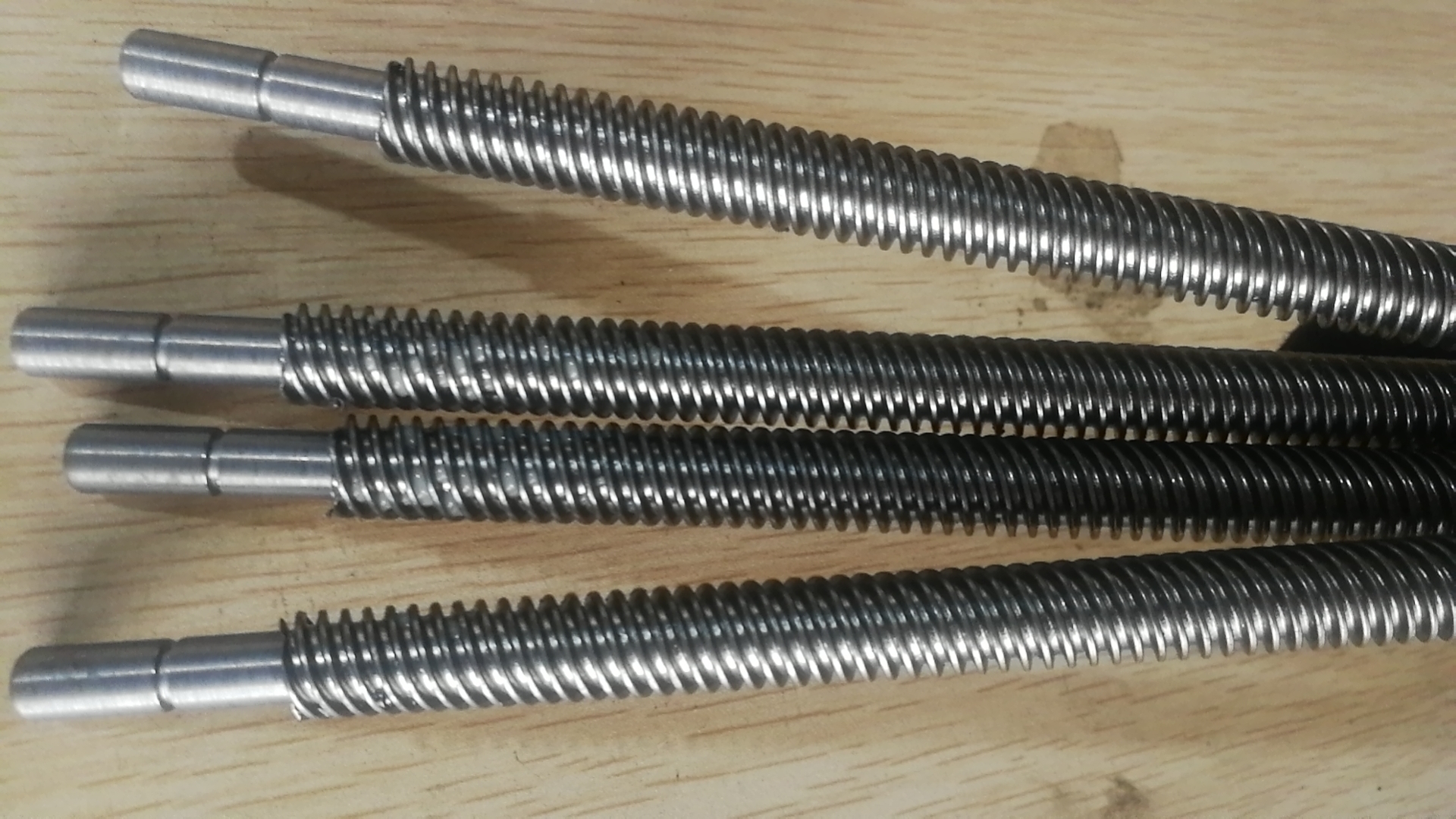
-
 Afrikaans
Afrikaans -
 Albanian
Albanian -
 Amharic
Amharic -
 Arabic
Arabic -
 Armenian
Armenian -
 Azerbaijani
Azerbaijani -
 Basque
Basque -
 Belarusian
Belarusian -
 Bengali
Bengali -
 Bosnian
Bosnian -
 Bulgarian
Bulgarian -
 Catalan
Catalan -
 Cebuano
Cebuano -
 Corsican
Corsican -
 Croatian
Croatian -
 Czech
Czech -
 Danish
Danish -
 Dutch
Dutch -
 English
English -
 Esperanto
Esperanto -
 Estonian
Estonian -
 Finnish
Finnish -
 French
French -
 Frisian
Frisian -
 Galician
Galician -
 Georgian
Georgian -
 German
German -
 Greek
Greek -
 Gujarati
Gujarati -
 Haitian Creole
Haitian Creole -
 hausa
hausa -
 hawaiian
hawaiian -
 Hebrew
Hebrew -
 Hindi
Hindi -
 Miao
Miao -
 Hungarian
Hungarian -
 Icelandic
Icelandic -
 igbo
igbo -
 Indonesian
Indonesian -
 irish
irish -
 Italian
Italian -
 Japanese
Japanese -
 Javanese
Javanese -
 Kannada
Kannada -
 kazakh
kazakh -
 Khmer
Khmer -
 Rwandese
Rwandese -
 Korean
Korean -
 Kurdish
Kurdish -
 Kyrgyz
Kyrgyz -
 Lao
Lao -
 Latin
Latin -
 Latvian
Latvian -
 Lithuanian
Lithuanian -
 Luxembourgish
Luxembourgish -
 Macedonian
Macedonian -
 Malgashi
Malgashi -
 Malay
Malay -
 Malayalam
Malayalam -
 Maltese
Maltese -
 Maori
Maori -
 Marathi
Marathi -
 Mongolian
Mongolian -
 Myanmar
Myanmar -
 Nepali
Nepali -
 Norwegian
Norwegian -
 Norwegian
Norwegian -
 Occitan
Occitan -
 Pashto
Pashto -
 Persian
Persian -
 Polish
Polish -
 Portuguese
Portuguese -
 Punjabi
Punjabi -
 Romanian
Romanian -
 Russian
Russian -
 Samoan
Samoan -
 Scottish Gaelic
Scottish Gaelic -
 Serbian
Serbian -
 Sesotho
Sesotho -
 Shona
Shona -
 Sindhi
Sindhi -
 Sinhala
Sinhala -
 Slovak
Slovak -
 Slovenian
Slovenian -
 Somali
Somali -
 Spanish
Spanish -
 Sundanese
Sundanese -
 Swahili
Swahili -
 Swedish
Swedish -
 Tagalog
Tagalog -
 Tajik
Tajik -
 Tamil
Tamil -
 Tatar
Tatar -
 Telugu
Telugu -
 Thai
Thai -
 Turkish
Turkish -
 Turkmen
Turkmen -
 Ukrainian
Ukrainian -
 Urdu
Urdu -
 Uighur
Uighur -
 Uzbek
Uzbek -
 Vietnamese
Vietnamese -
 Welsh
Welsh -
 Bantu
Bantu -
 Yiddish
Yiddish -
 Yoruba
Yoruba -
 Zulu
Zulu
High-Precision CE Certified 3-Die Thread Rolling Machine for Enhanced Manufacturing Efficiency and Quality
Understanding CE Certification for 3 Die Thread Rolling Machines
In today's fast-paced manufacturing environment, quality and safety standards are paramount. The market for industrial machinery, especially thread rolling machines, demands that equipment meets stringent regulations to ensure safe operation and product reliability. One of the most recognized standards in this domain is the CE certification, specifically for machines like the 3 Die Thread Rolling Machine.
What is a 3 Die Thread Rolling Machine?
A 3 Die Thread Rolling Machine is an advanced piece of industrial equipment used to create threads on various materials, primarily metals. This machine operates by deforming the material using three dies, which apply pressure to produce thread profiles. This process is highly efficient, offering significant benefits in terms of precision, surface finish, and mechanical properties of the threads produced.
The versatility and efficiency of the 3 Die Thread Rolling Machine make it a popular choice across industries such as automotive, aerospace, and general manufacturing, where threaded components are critical for assembly and functionality.
The Importance of CE Certification
CE certification, short for Conformité Européenne or European Conformity, indicates that a product complies with essential health, safety, and environmental protection standards required by European legislation. For manufacturers and distributors, obtaining CE certification is not merely a regulatory hurdle; it serves as an assurance of quality and safety for users of the machinery.
When it comes to 3 Die Thread Rolling Machines, CE certification ensures that the equipment meets EU directives concerning machine safety. These regulations cover various aspects, including mechanical safety, electromagnetic compatibility, and safety during operation and maintenance. This compliance is crucial for any manufacturer intending to market their products in the European market.
The Process of Obtaining CE Certification
ce certification 3 die thread rolling machine

Obtaining CE certification involves a series of steps that manufacturers must follow
1. Design and Risk Assessment Manufacturers must perform a risk assessment during the design phase to identify potential hazards associated with the use of the machine.
2. Compliance with Directives The machine must comply with applicable directives such as the Machinery Directive (2006/42/EC). This involves integrating safety features and ensuring that the machine operates within defined parameters.
3. Technical Documentation Manufacturers must prepare comprehensive technical documentation that outlines the design, manufacturing processes, safety features, and test results of the machine. This documentation serves as a basis for assessment and verification.
4. Testing and Evaluation Independent testing organizations may evaluate the machine to verify compliance with relevant standards. This may involve performance tests, safety checks, and assessments of emitted noise and vibrations.
5. Declaration of Conformity Once all requirements are met, the manufacturer produces a Declaration of Conformity, asserting that the machine complies with all applicable EU regulations. The CE mark is then affixed to the machine, signaling its compliant status.
Benefits of CE Certification
The benefits of obtaining CE certification for 3 Die Thread Rolling Machines cannot be overstated. It enhances credibility and opens access to the European market, reassuring customers of the machine's safety and reliability. Moreover, it reduces liability risks for manufacturers by ensuring that the equipment has undergone thorough safety evaluations.
In conclusion, CE certification for 3 Die Thread Rolling Machines is a vital component of modern manufacturing, ensuring that these essential devices operate safely and efficiently. As industries continue to evolve, maintaining high safety standards through compliance with recognized certifications will remain crucial in fostering trust and success in the global marketplace.
